

Loire Valley

country lane and a cemetery
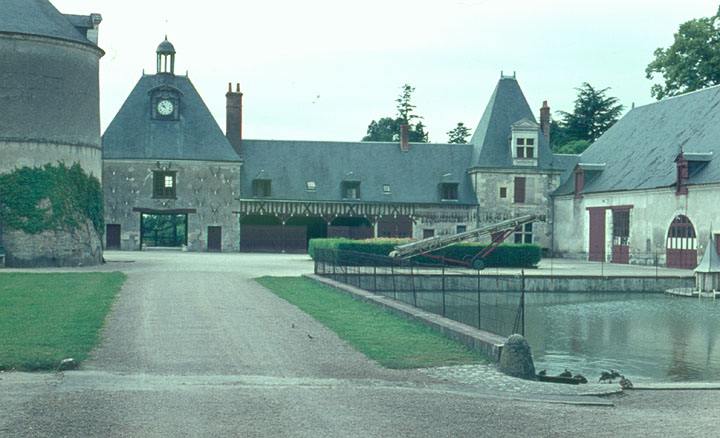
operating farm
Villesavin
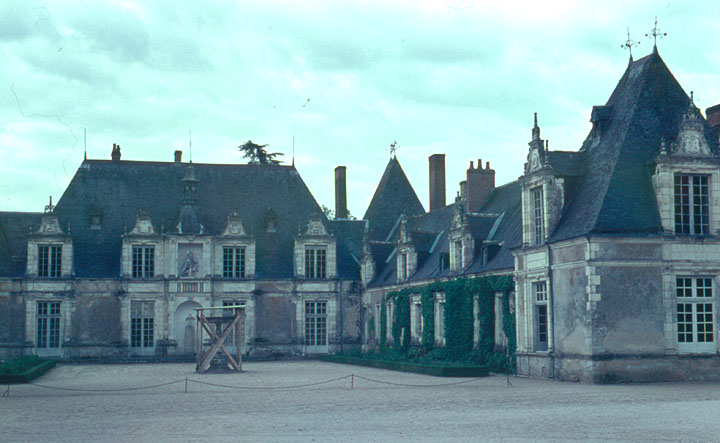
The castle was built by Jean le Breton on the position of an old manor house. Jean Le Breton was lord of Villandry and of Villesavin, secretary of taxes under François I and was trusted by the king with the work of controlling the building and the paying for Chambord.

Chambord
Around 1518, François I decided to
build a château as a hunting lodge in Sologne, which was famous for its large
expanses teeming with game. At this time, the architecture of the Loire châteaux
had been strongly influenced by the Italian style for almost half a century.
Chambord was therefore to be a compromise between the Italian artistic movement
and the traditional medieval castle. The formal decision to build was taken on
6th September 1519. Construction work was only finally completed in the
XVIIIth century, after a brief interruption in 1559.
More Photos from Chambord (2006)
Photos from the 1960's
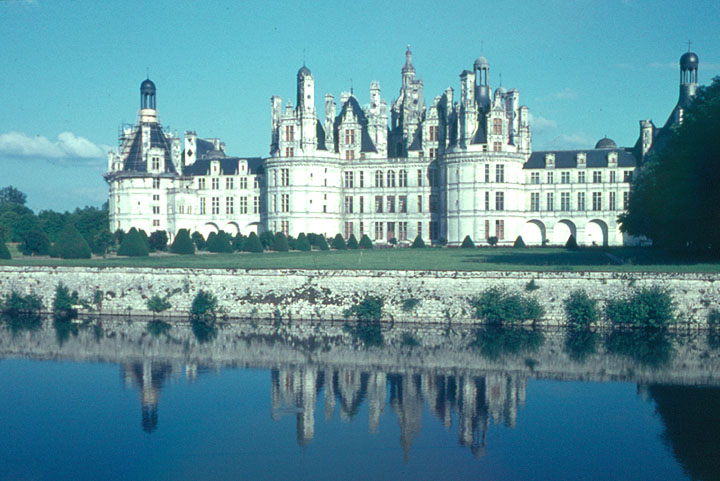

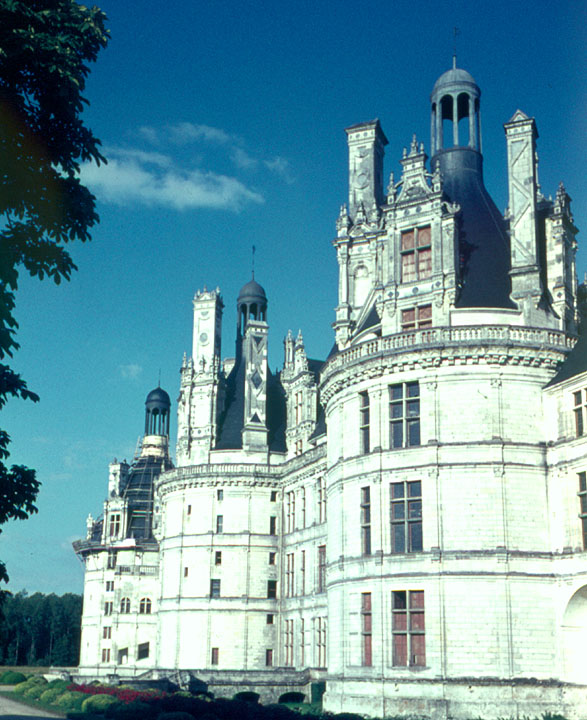


Cheverny
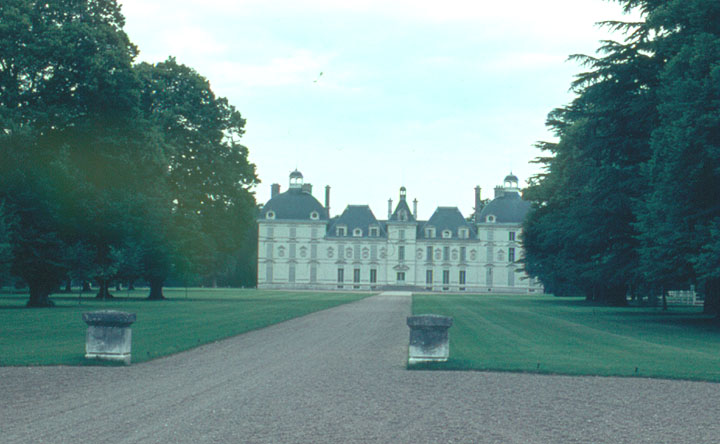
The Cheverny's estate has belonged to
the same family, the Huraults, for more than six centuries. The architect's
father was kings Henry III and Henry IV's chancellor (minister of justice).
This castle has also many parts which you will be able to visit like the king's
room, the tapestry room or the private apartments. The castle of Cheverny thus
contains a significant cultural richness.
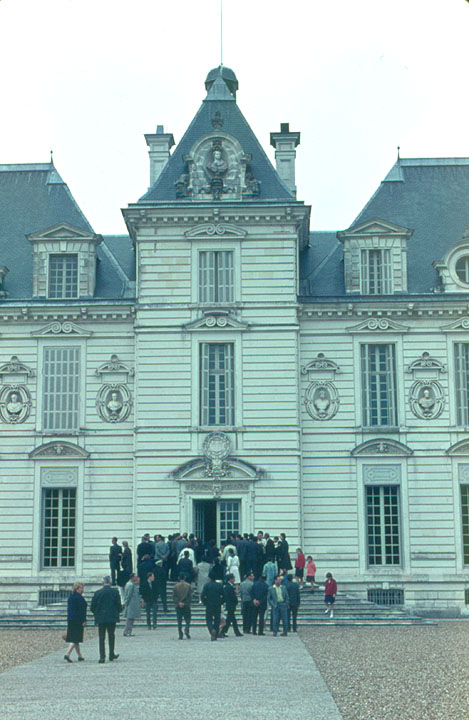
The Cheverny's castle is surrounded by large lawns creating green borders in
perfect harmony with the architecture around them. Further to these lawns is a
park with an English design and composed of majestic trees.
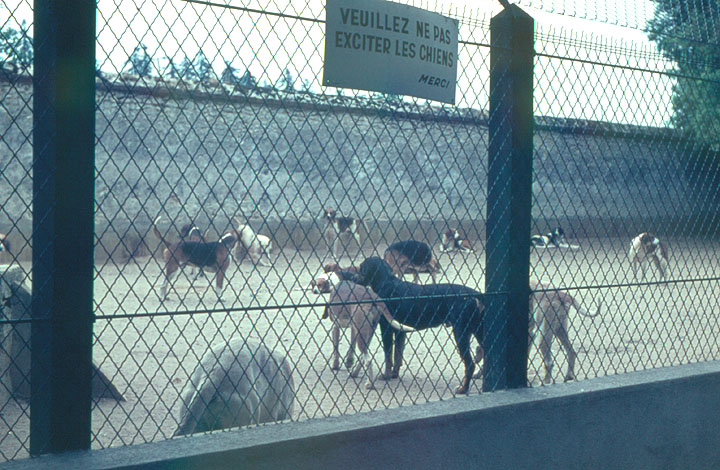
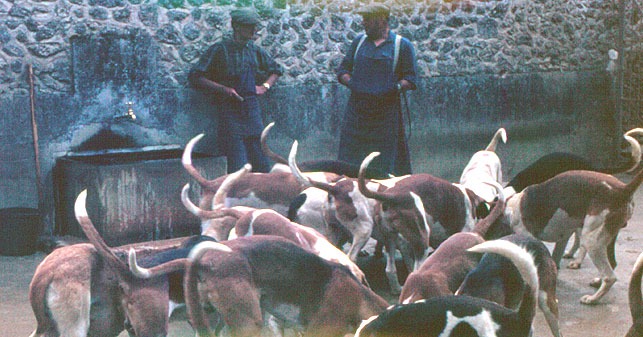
feeding the houndsunds
Chateau de Chaumont.
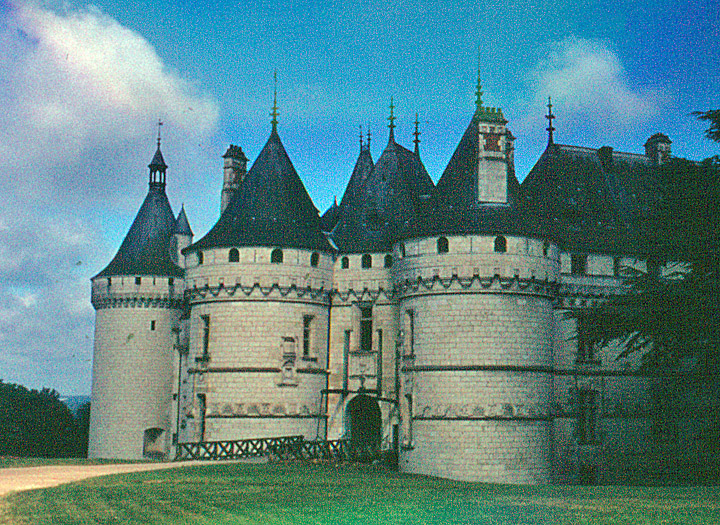
Chateau de Chaumontmont

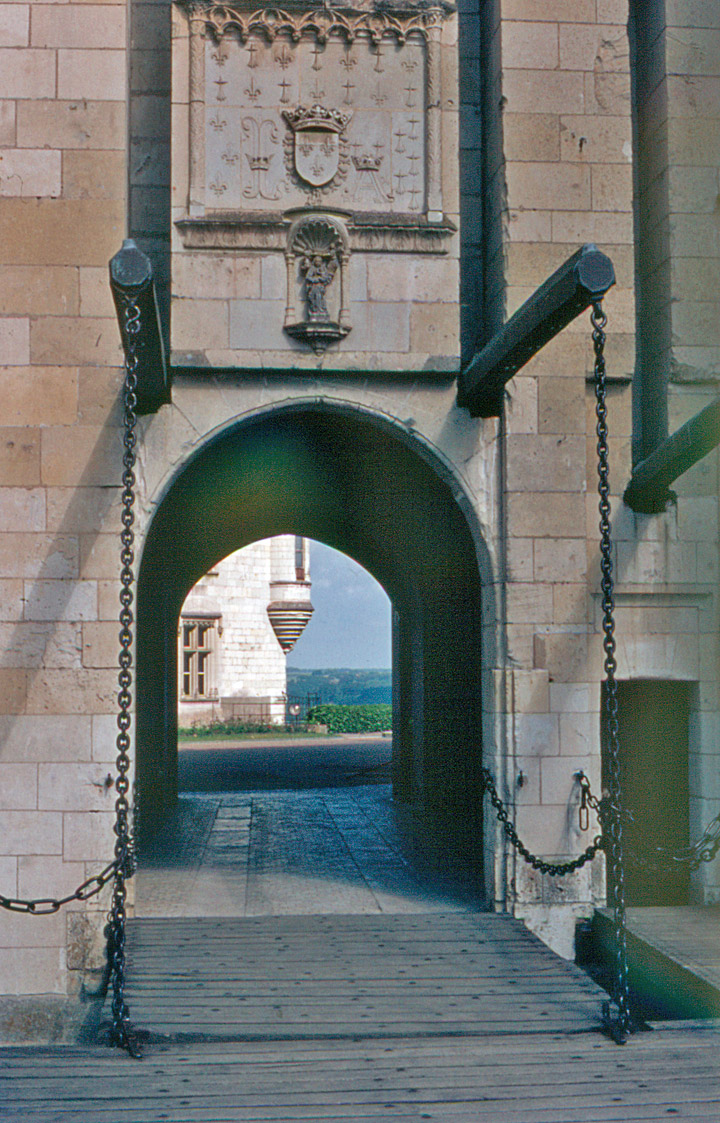
Thomas Becket owned the Chateau before he was murdered, as did Pierre d'Amboise and his children with brilliant destinies. Mme de Staël was exiled there by Napoleon, and Mary Say, a rich heiress, lost everything there.
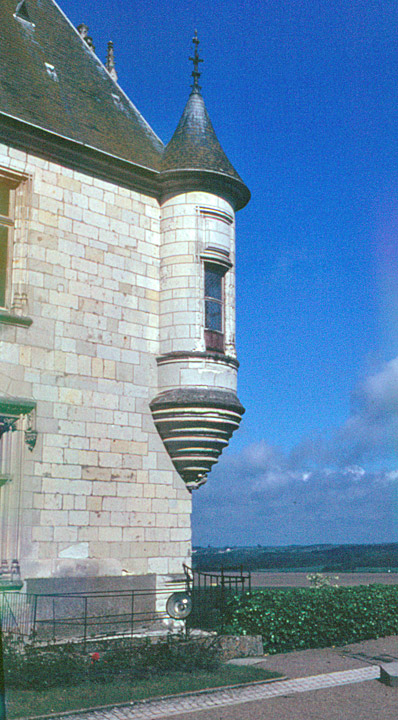
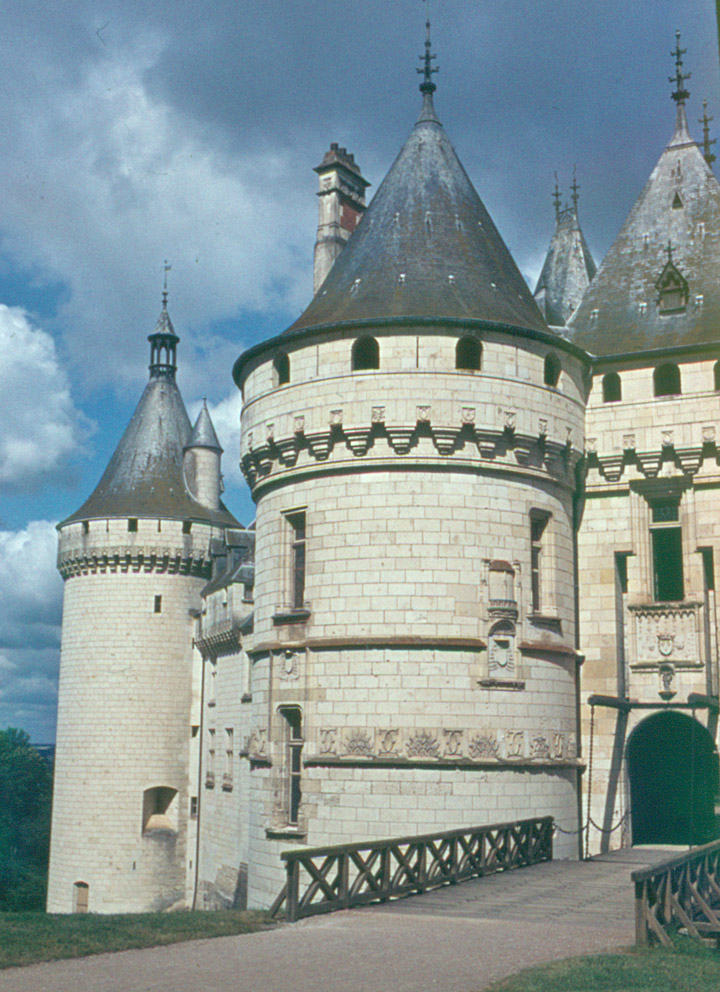
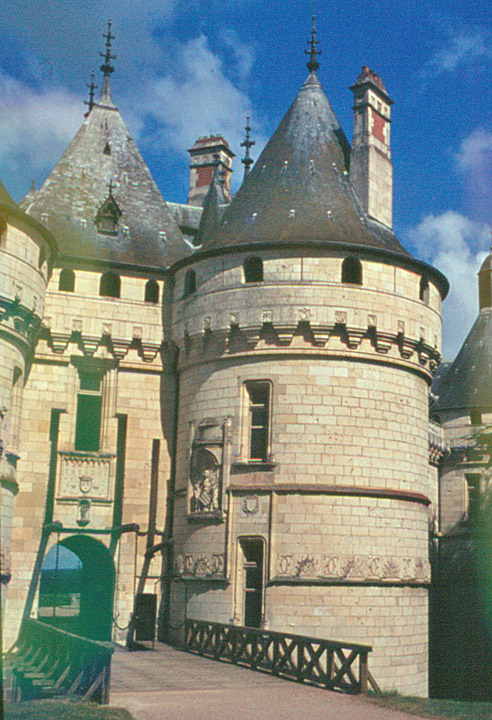
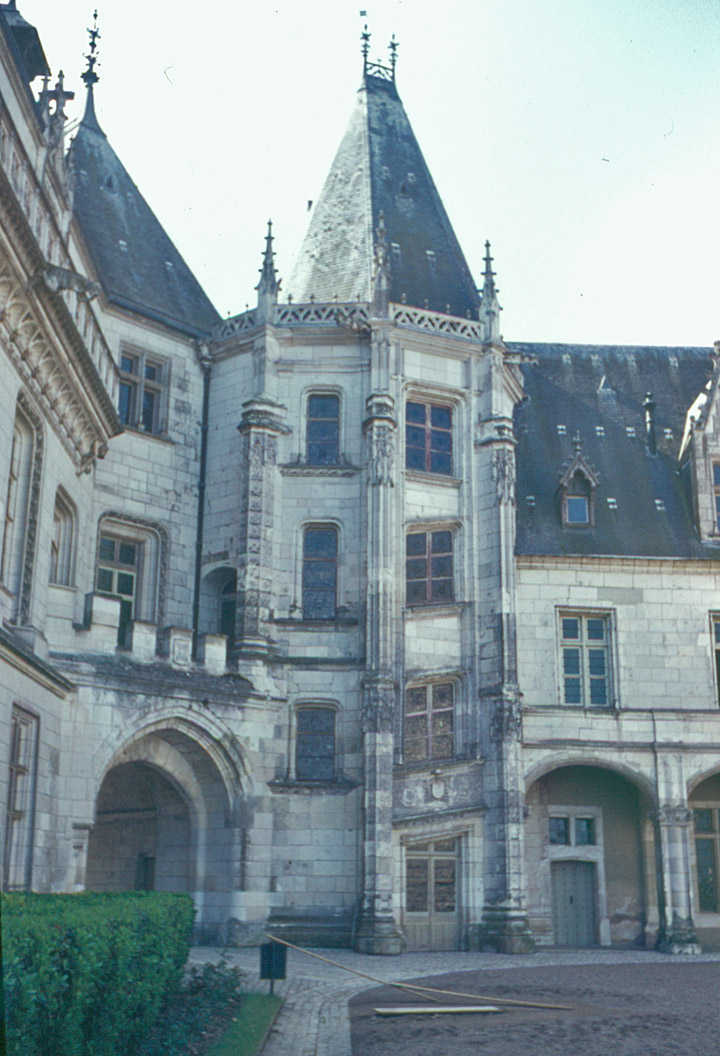

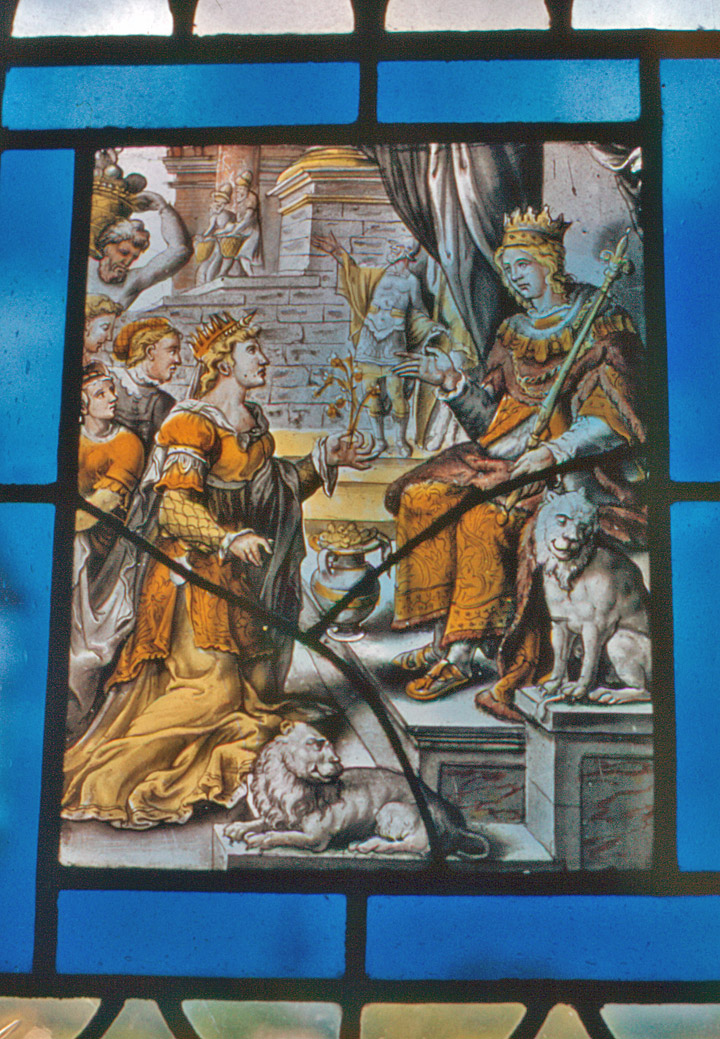
Chateau de Blois ois
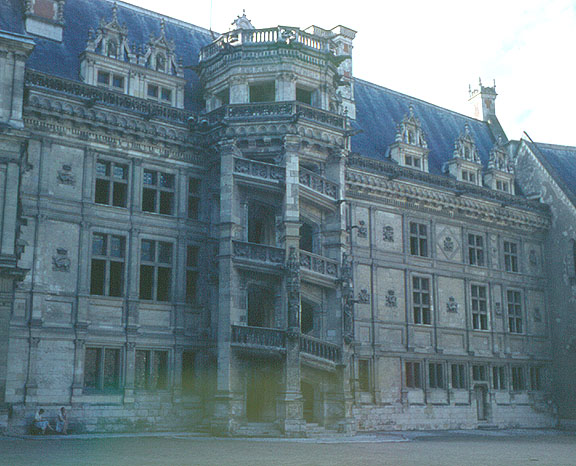
The Royal Chateau at Blois is located in the departement of Loir-et-Cher in the Loire Valley in France. The residence of several French kings, it is also the place where Joan of Arc came in 1429 to be blessed by the Archbishop of Reims before departing with her army to drive the English from Orleans.
Built in the middle of the town, the chateau at Blois comprises several
buildings constructed from the 13th to the 17th century around the main
courtyard. The medieval castle became a royal residence and the political
capital of the kingdom under King Louis XII. At the beginning of the 1500’s, the
king initiated a reconstruction of the chateau and the creation of a renaissance
garden. (In 1890 the construction of the Avenue Victor Hugo destroyed the
gardens.)
When François I took power, his wife Queen Claude had him refurbish Blois with
the intention of moving to it from the Royal Chateau at Amboise. King François I
initiated the construction of a new wing and created one of the period’s most
important libraries in the chateau. But, after the death of his wife in 1524, he
spent very little time at Blois and the massive library was moved to the Royal
Chateau Fontainebleau where it was used to form the “Bibliothèque Nationale”
(National Library).
King Henri III, driven from Paris during the French Wars of Religion, lived at
Blois and held the general State convention there in 1576 and 1588. It was
during this convention that the king had his arch-enemy, the Duke of Guise,
executed. After this, the chateau was occupied by King Henri IV, the first
Bourbon monarch. On Henri’s death, it became the place of exile for his widow,
Marie de Medici.
In 1626, King Louis XIII gave the Chateau at Blois to his brother
Gaston d'Orléans as a wedding gift. In 1635 there was another attempt to develop
the chateau but on the death of Gaston in 1660, the chateau was abandoned. By
the time of the French Revolution the immense chateau had been neglected for
more than one hundred and thirty years, and the revolutionaries, determined to
wipe out any symbol of the old nobility while enriching themselves, ransacked
the Chateau and stole many of its precious statues, royal emblems and coats of
arms. In a state of near total disrepair it was scheduled to be demolished but
was given a reprieve as the residence of the military.
In 1841, under the direction of King Louis-Philippe, Chateau Blois was
classified as a historic monument. It was restored and turned into a museum. On
view for visitors to the castle, are the poison cabinets of Catherine de Medici.
Owned by the town of Blois, today it is a major tourist attraction.
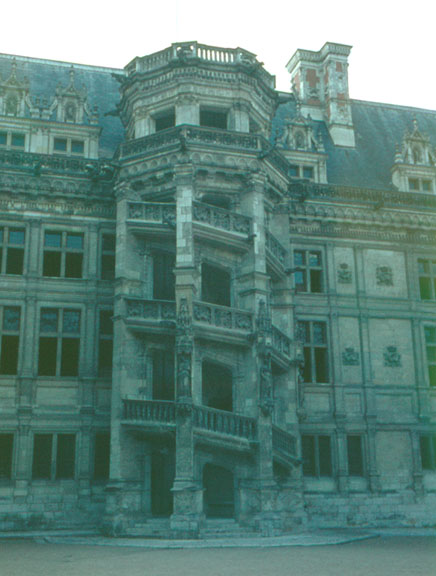
stairwell which was the model for
Biltmore Estate in Asheville, North Carolina
Amboise
Photos from 1976
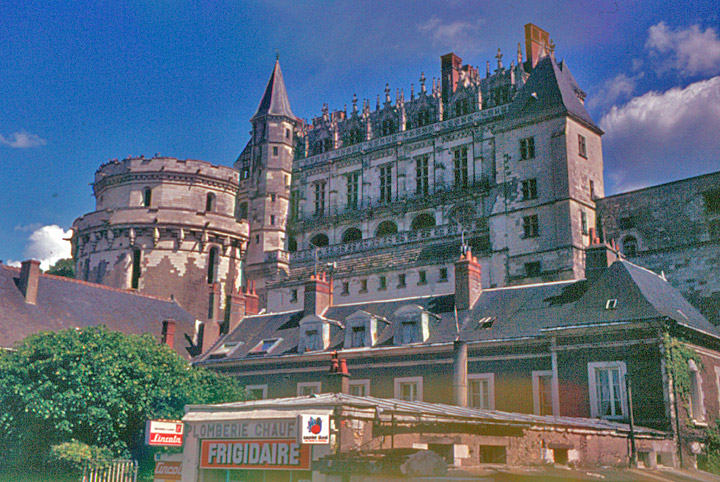
château of Amboise
The château of Amboise, one of the first truly "royal" residences of its kind, was built during the 15th and 16th centuries on the orders of Charles VIII, Louis XII and François Ier. Following in the footsteps of the great kings of France, you will discover a magnificent example of Gothic and Renaissance architecture. Today, the château still houses an exceptional collection of furniture which has been admirably preserved.
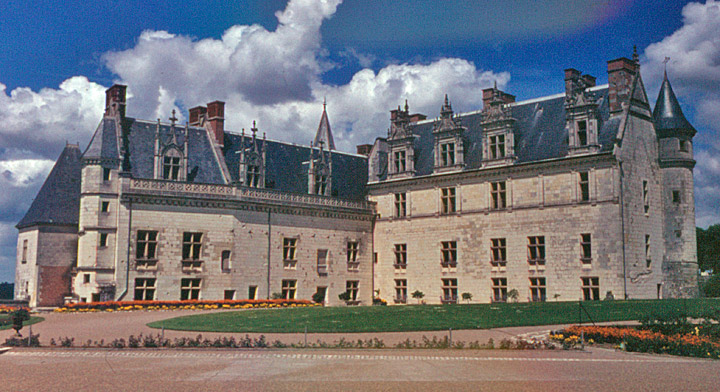
the château
Photos of Amboise Chateau (2006)

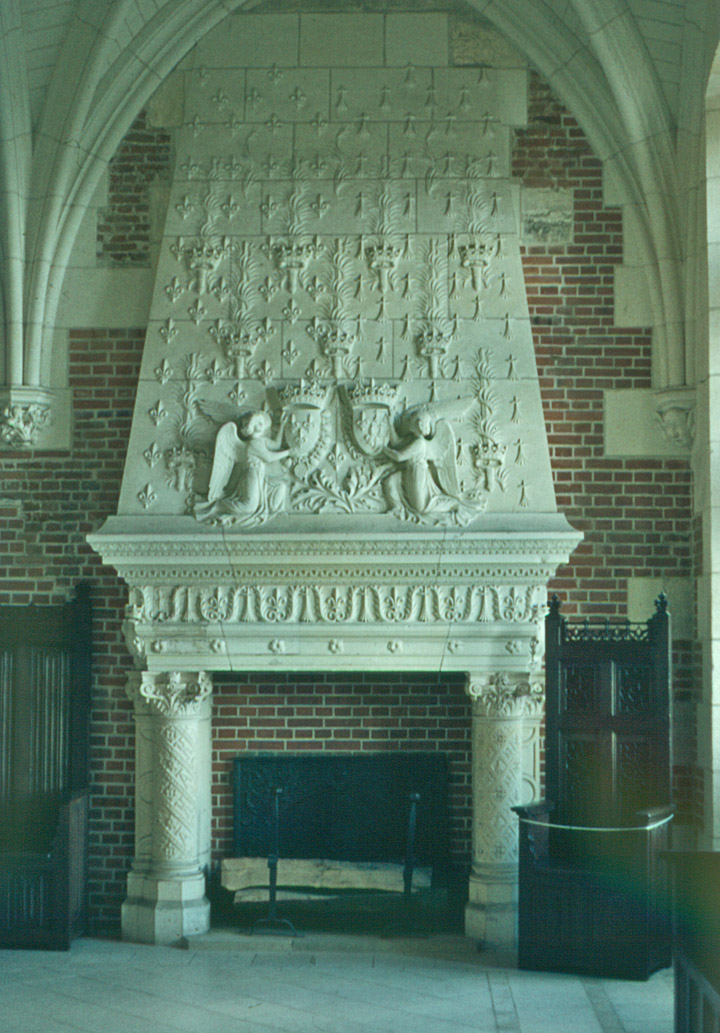
interior fireplace
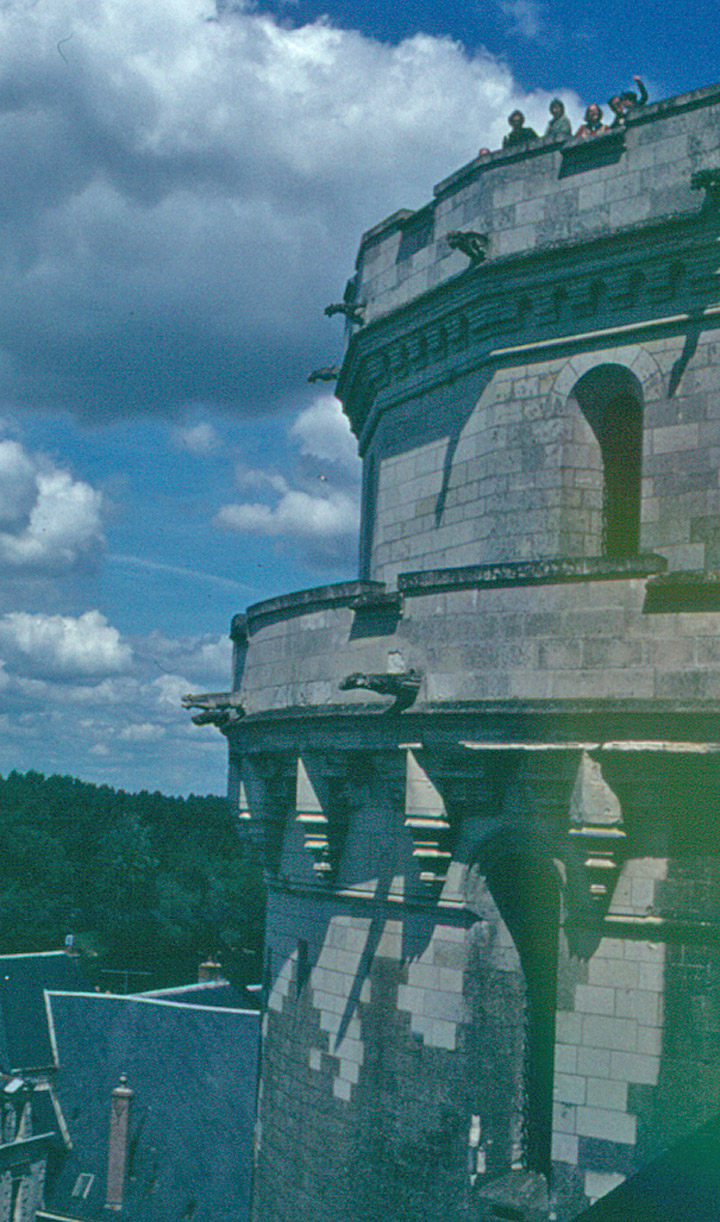
the tower which contains a ramp for
horses and carriages
to reach the château from the streets below
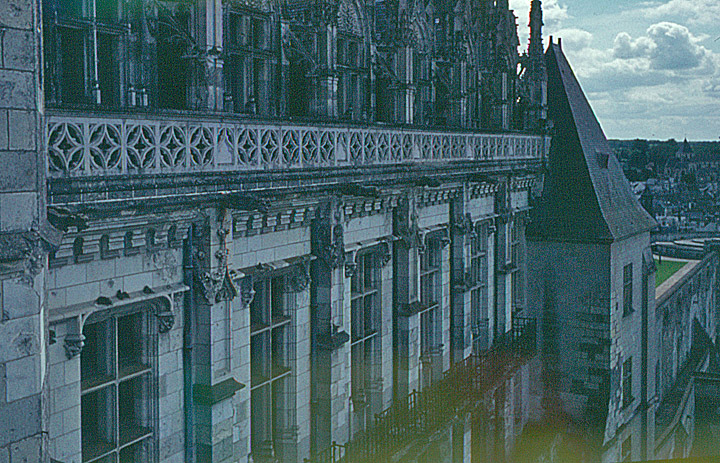
bluff side of the chateau
where French Huguenot bodies were hung from the ironwork

the chapel of the castle of Amboise

entrance to the chapel
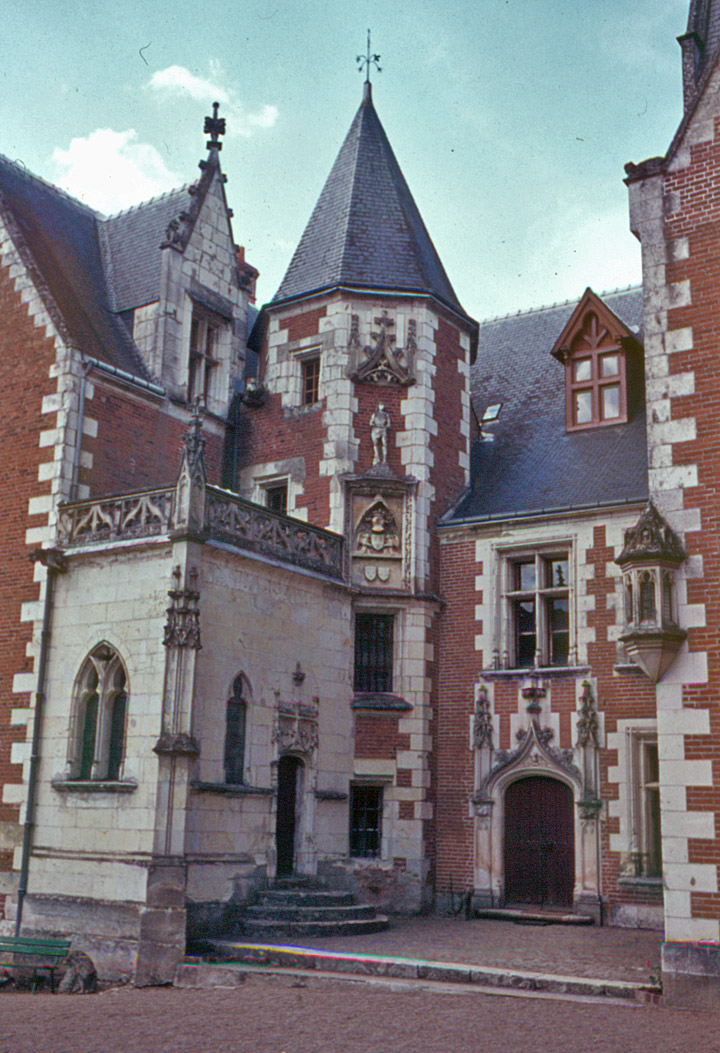
Manor of Le Clos-Lucé
house where Da Vinci lived when he was working for the court in Amboise
In 1516, the move was made to France where Leonardo Da Vinci was to work for Francois I. The King provided him with lodgings in a house called Cloux which still stands and has been carefully restored. Though still able to draw Leonardo was already a very sick man and his right hand was partially paralyzed due to a stroke. Most of his time was spent organizing his notebooks and the King did not require he carry out commissions, though Leonardo had to suffer frequent royal visits and produce plans for festivals and plays. The King would enter the manor house of Cloux via a stretch of tunnel connected to the castle at Amboise.
Chenonceau










Château d'Azay-le-Rideau
Photos from 1976
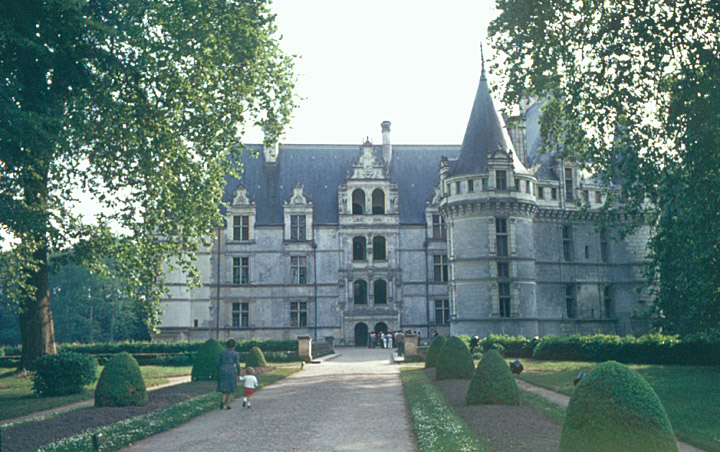
Built on the banks of the Indre river, the chateau of Azay-le-Rideau is an early renaissance building. Inside there is a museum with beautiful paintings and furniture mostly from the 18-th century.
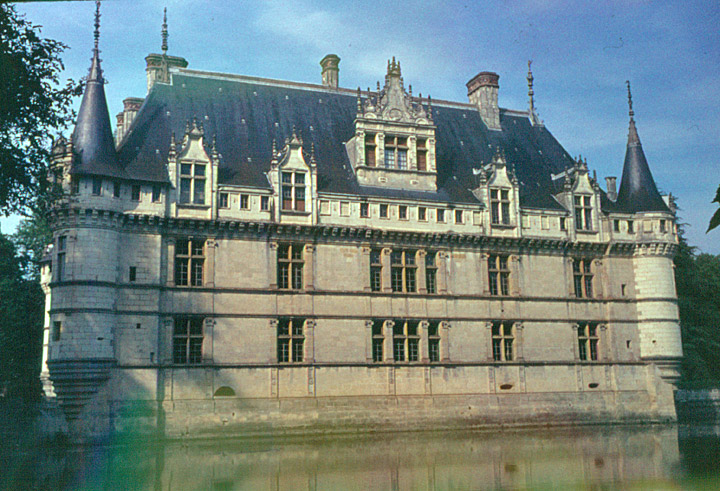
Its machicolated towers and blue-slate roof pierced with dormers shimmer in the moat, creating a reflection like a Monet painting, the defensive medieval look is all for show.
The Renaissance Château d'Azay-le-Rideau, 37190 Azay-le-Rideau was created as a residence at an idyllic spot on the Indre River.
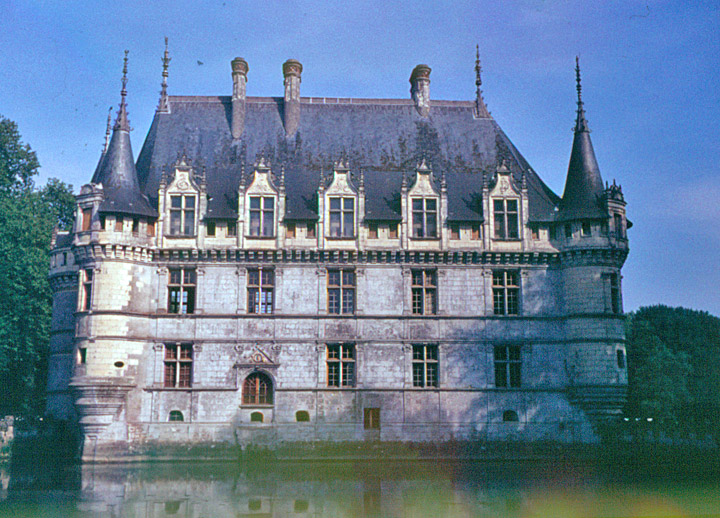
Gilles Berthelot, François I's finance minister, commissioned the castle, and his spendthrift wife, Philippa, supervised its construction. So elegant was the creation that the Chevalier King grew jealous. Berthelot was accused of misappropriation of funds and forced to flee, and the château reverted to the king. He didn't live here, but granted it to "friends of the Crown." It became the property of the state in 1905.

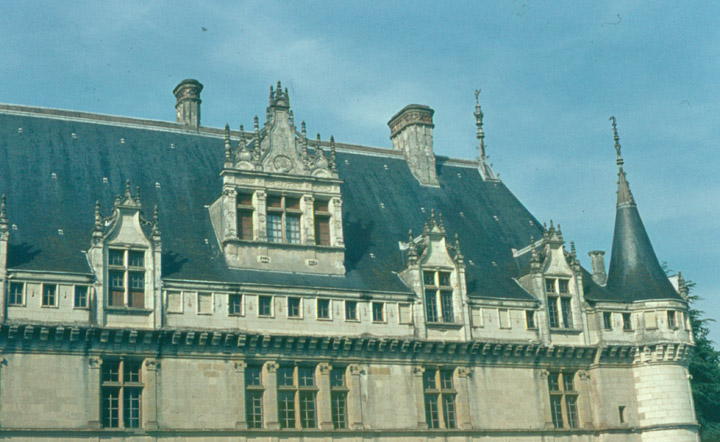
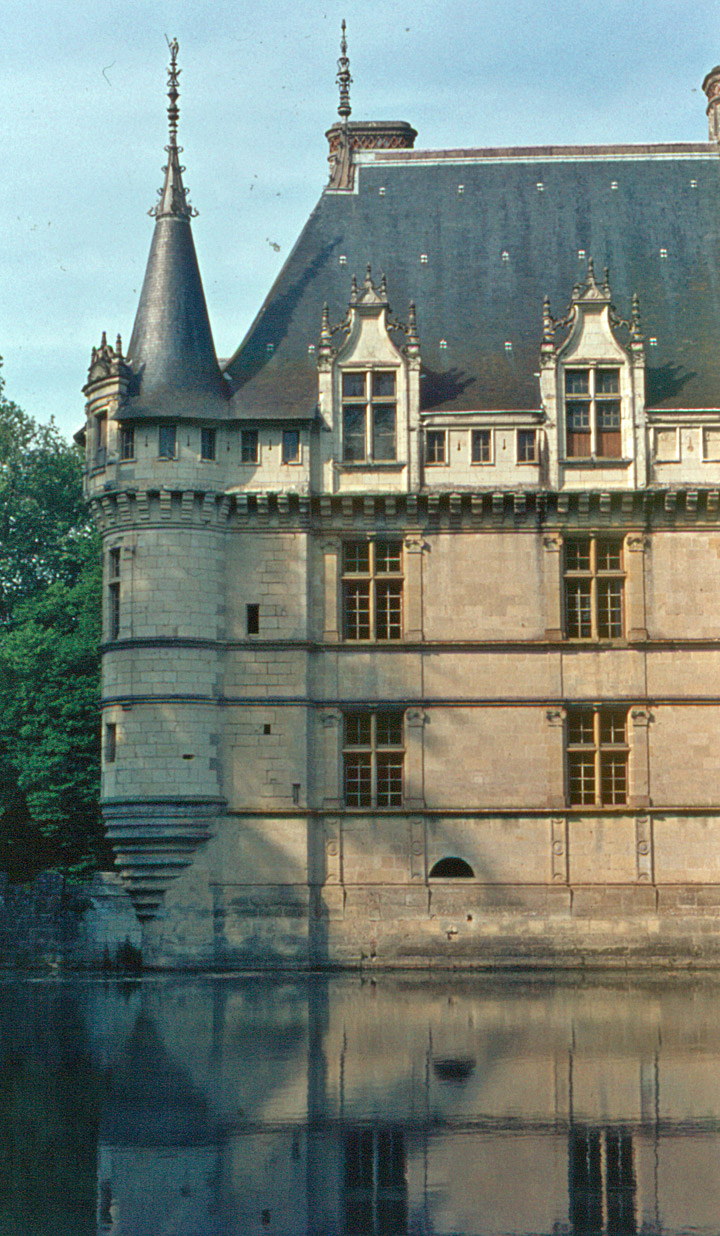

Chaumont